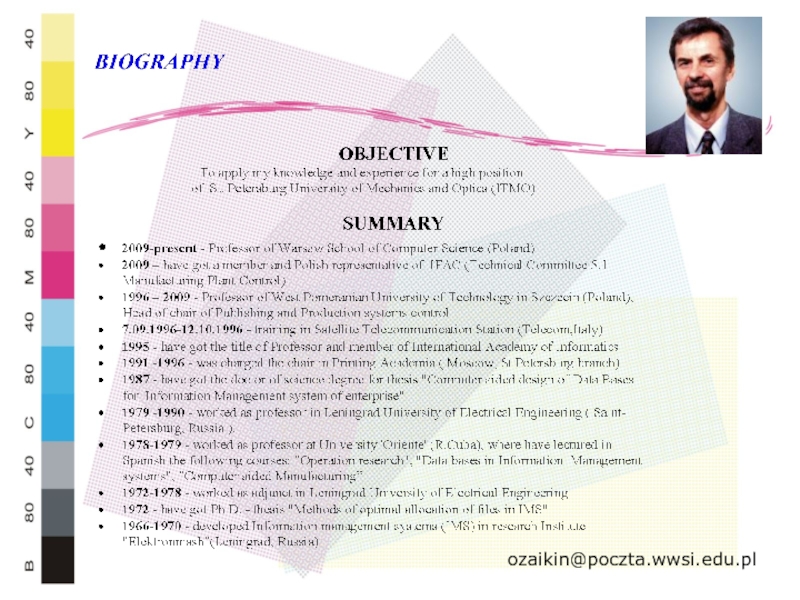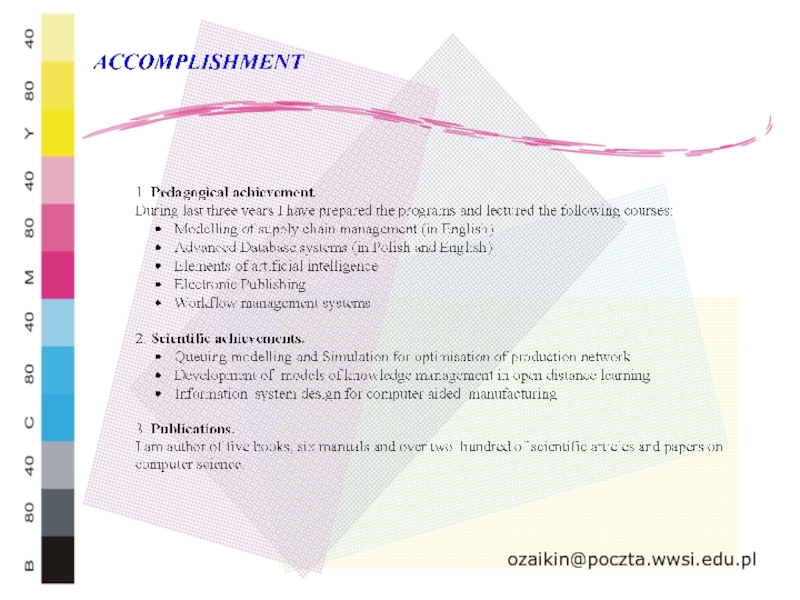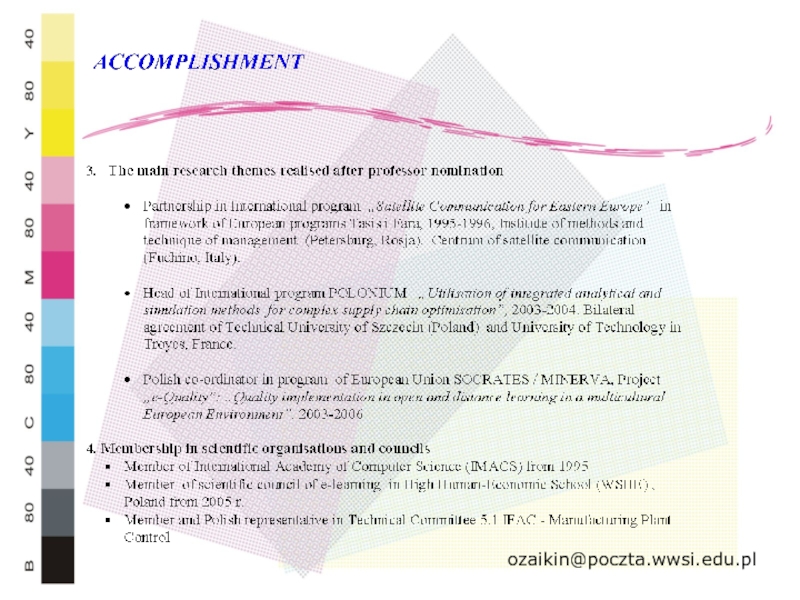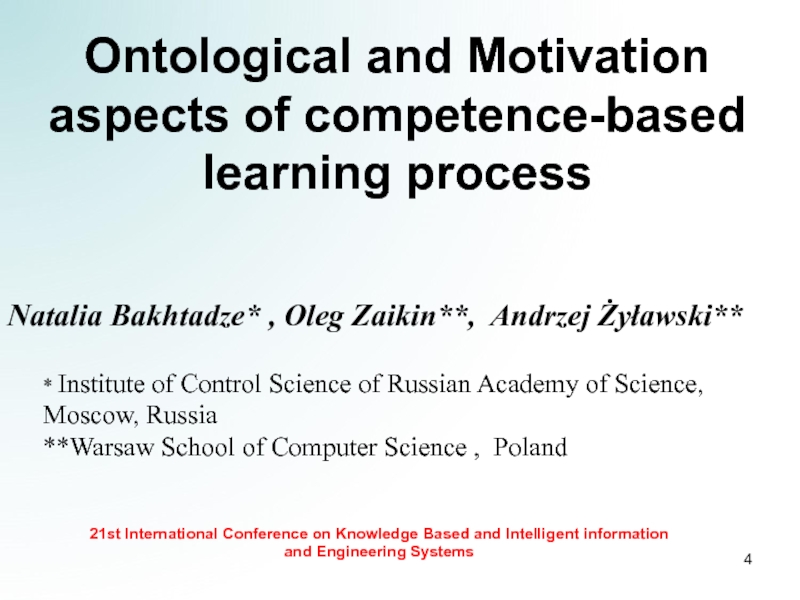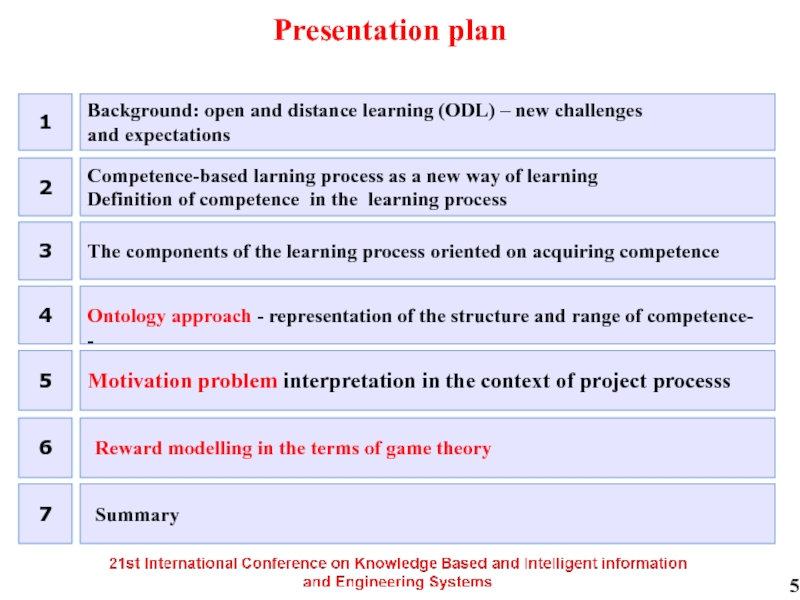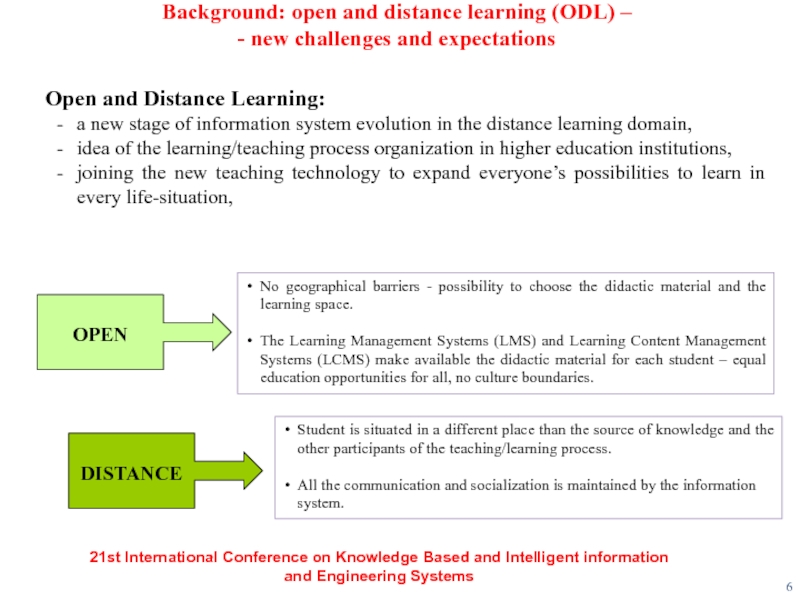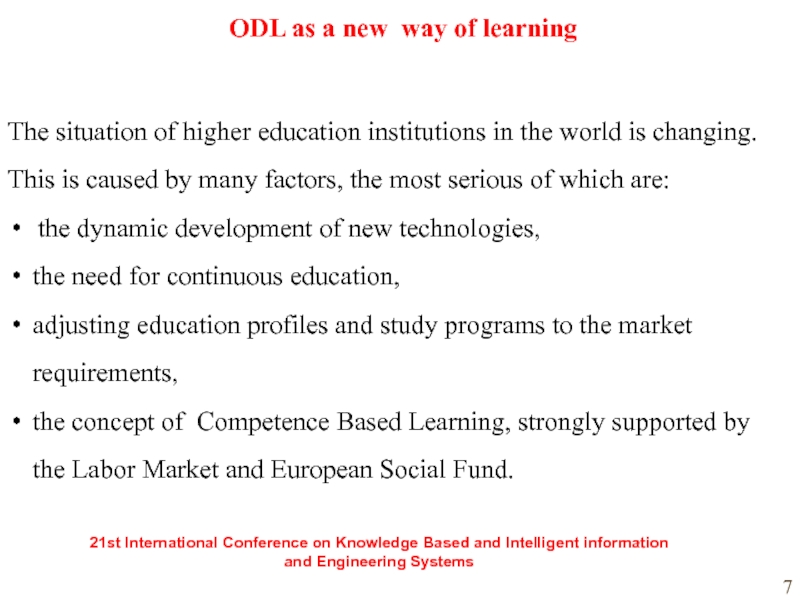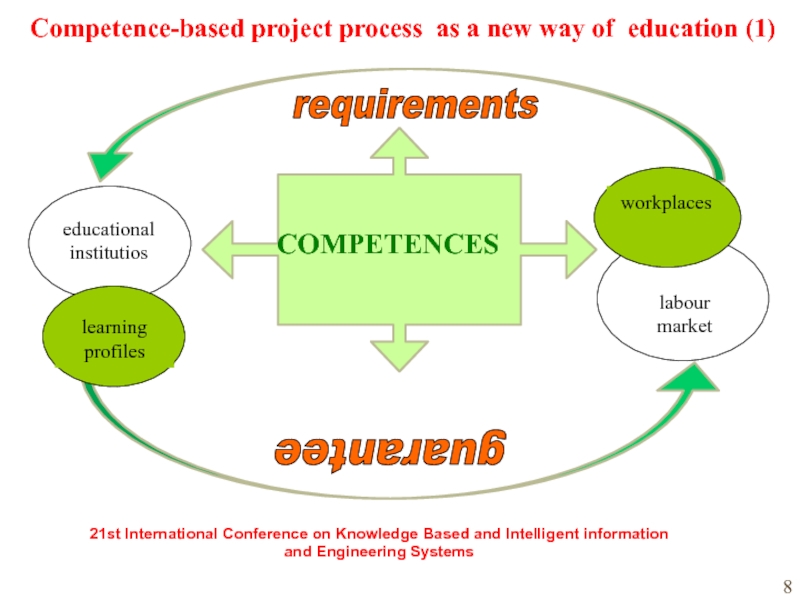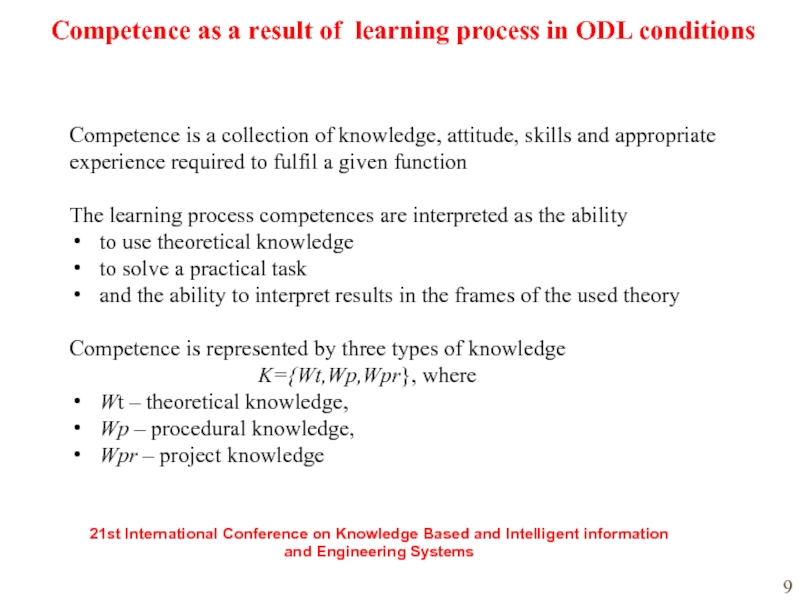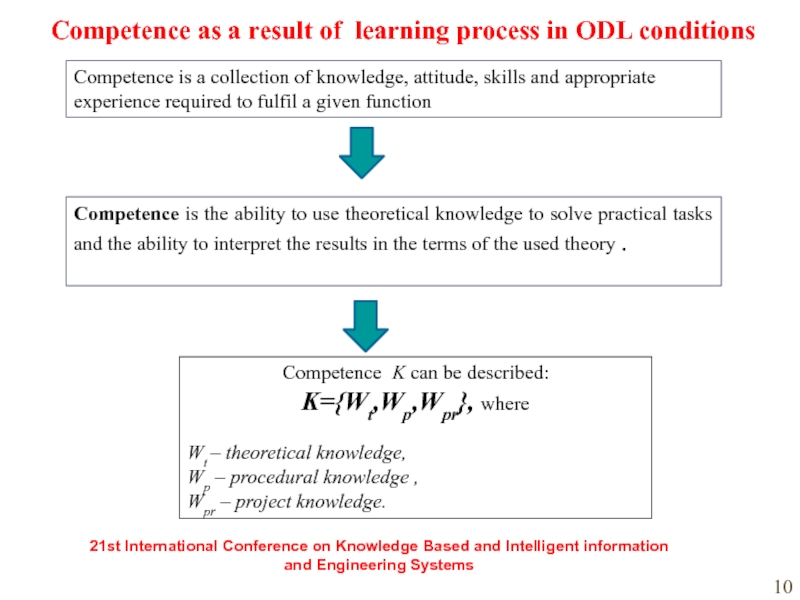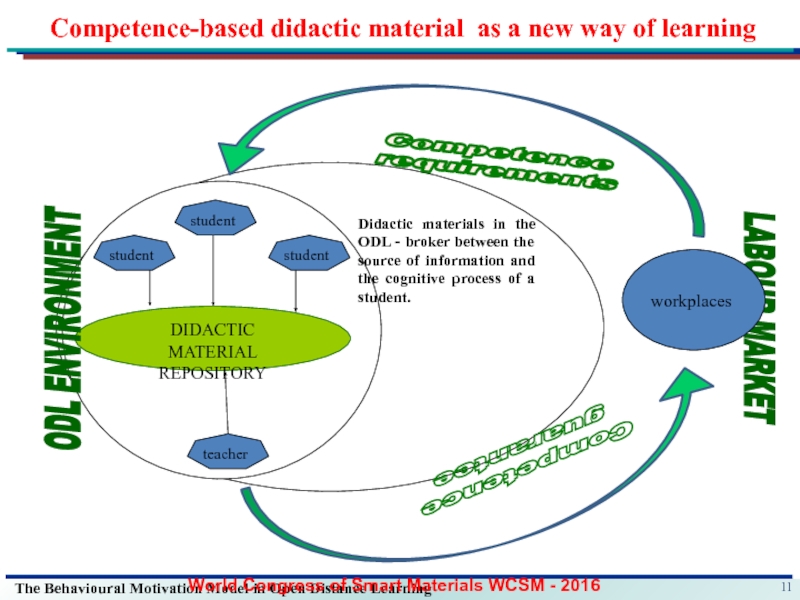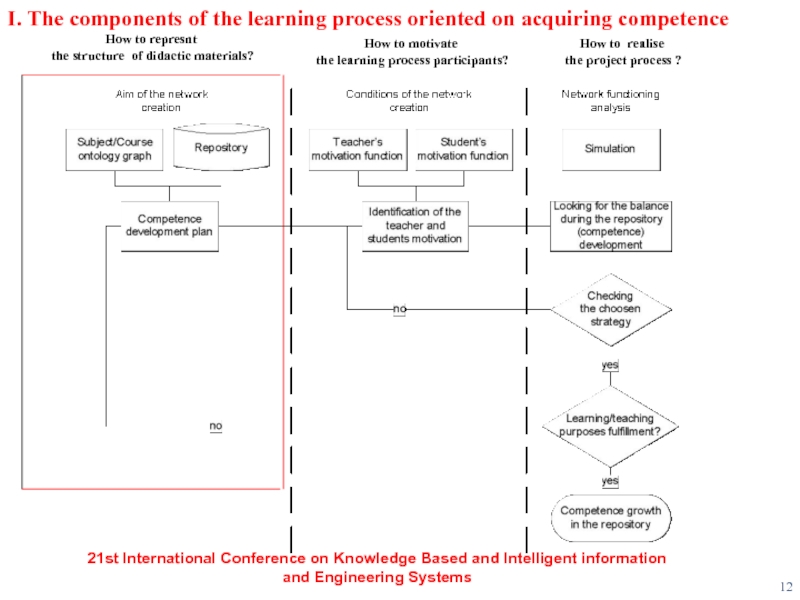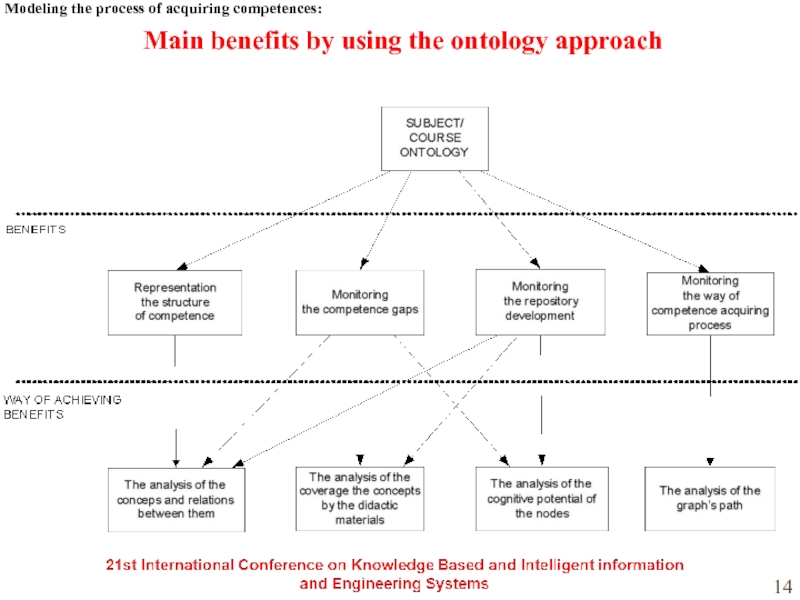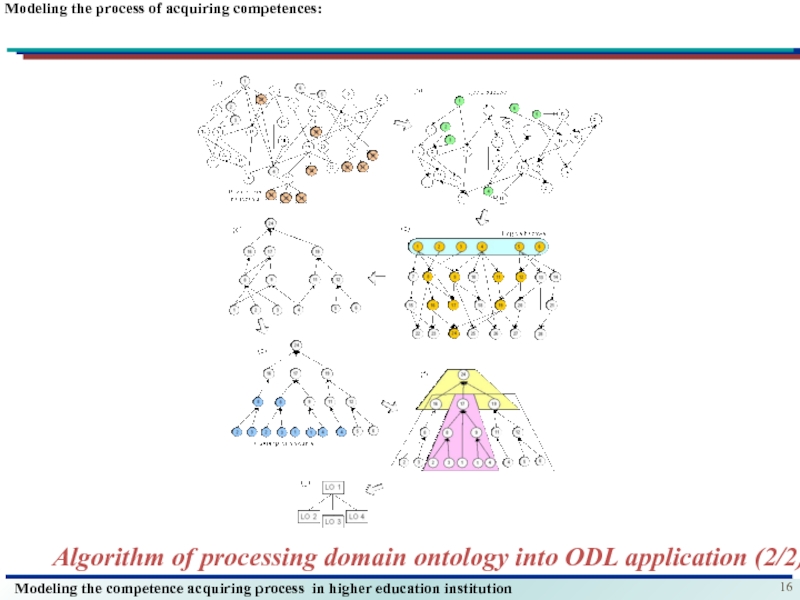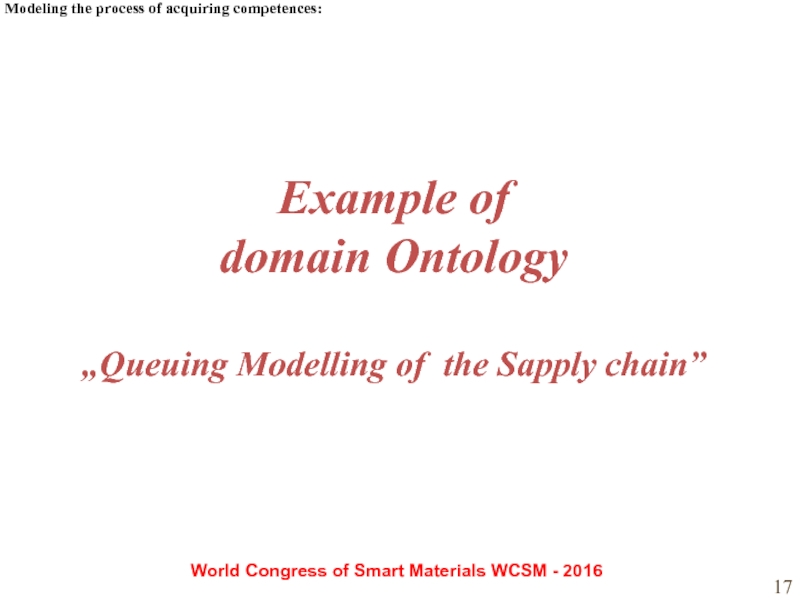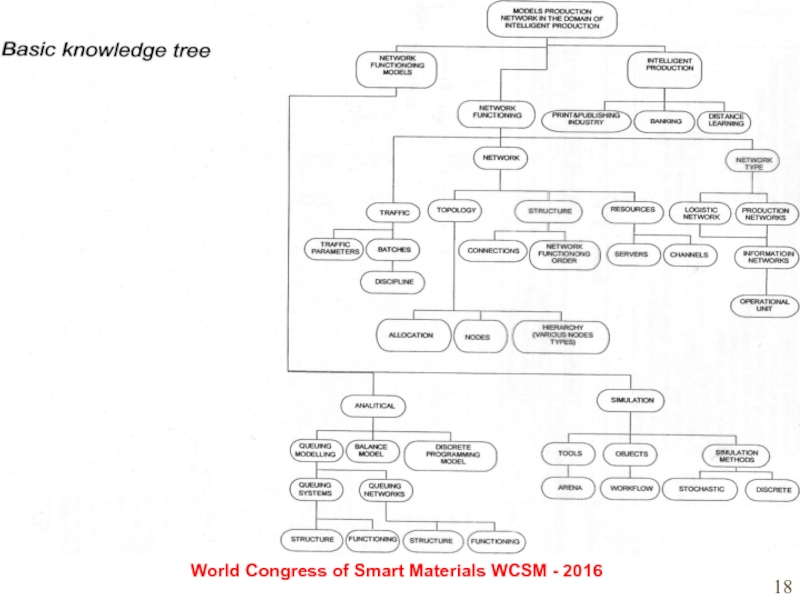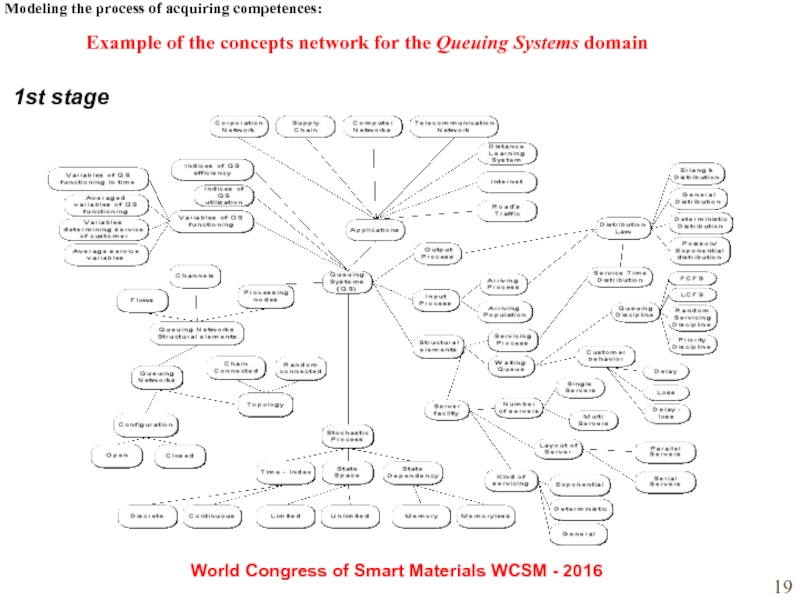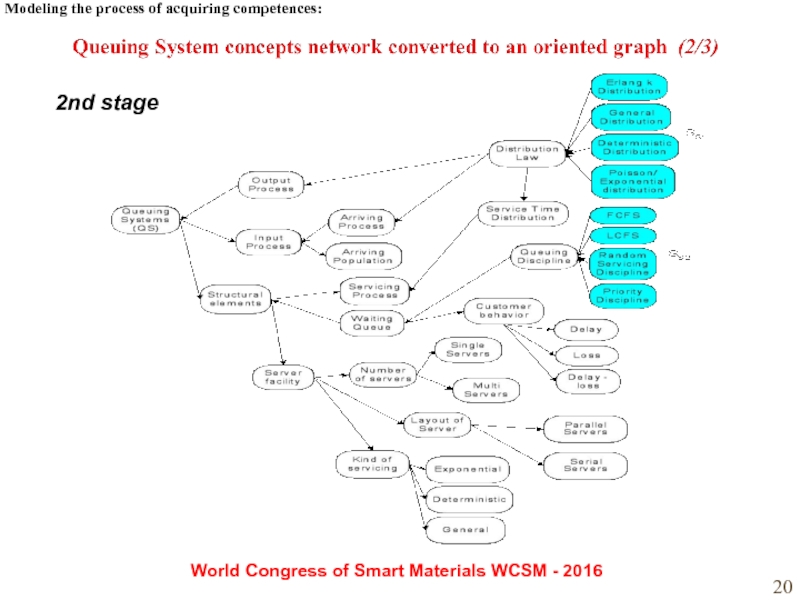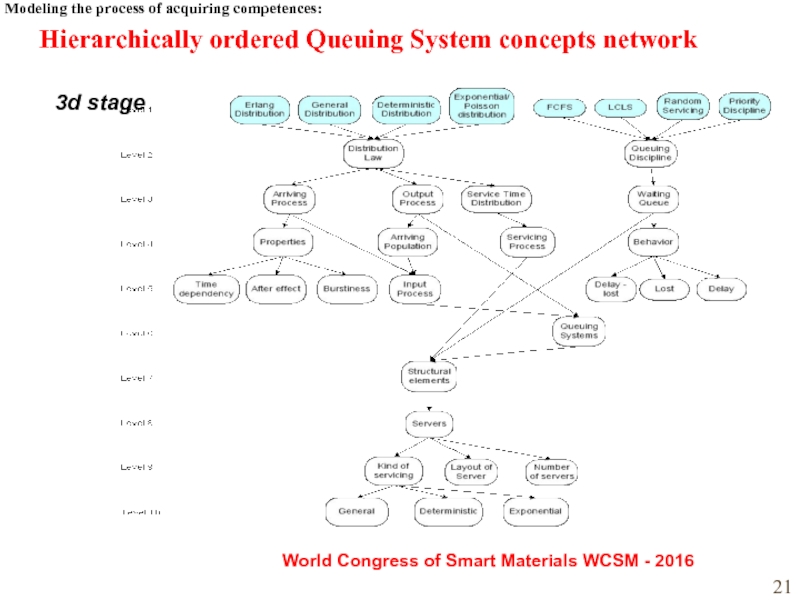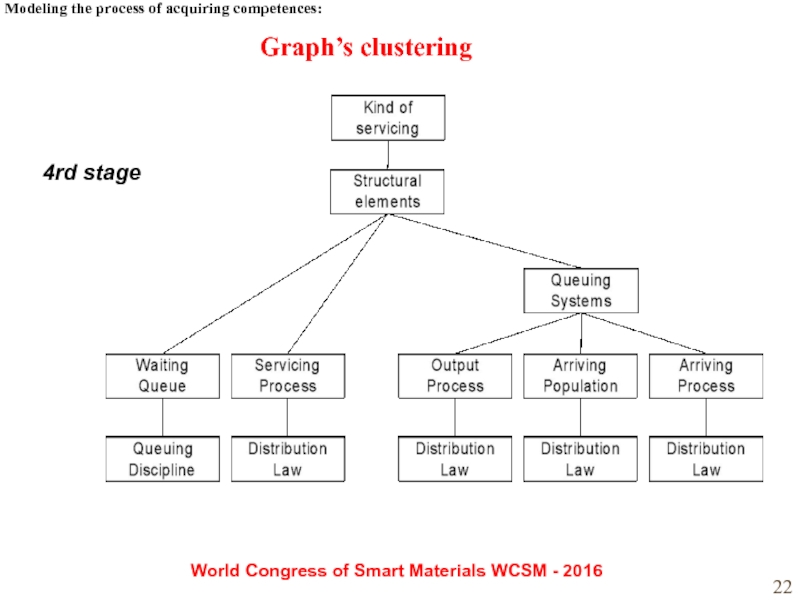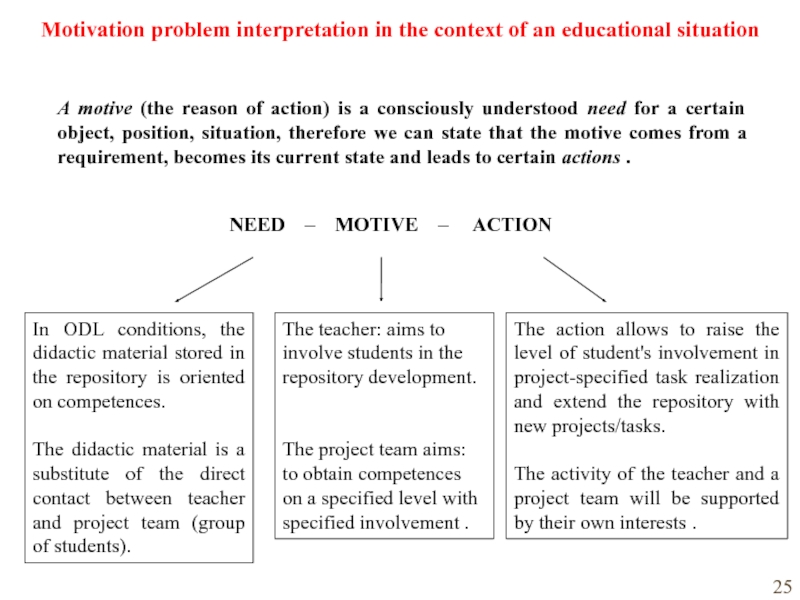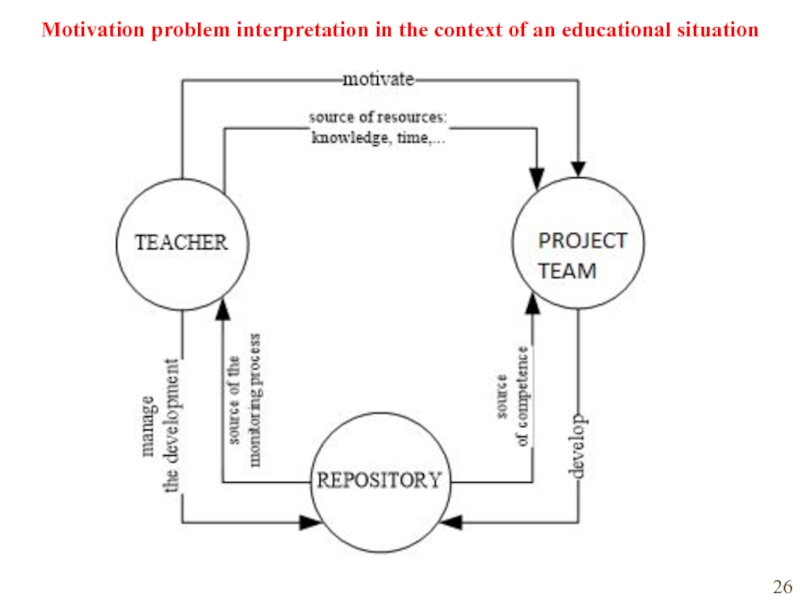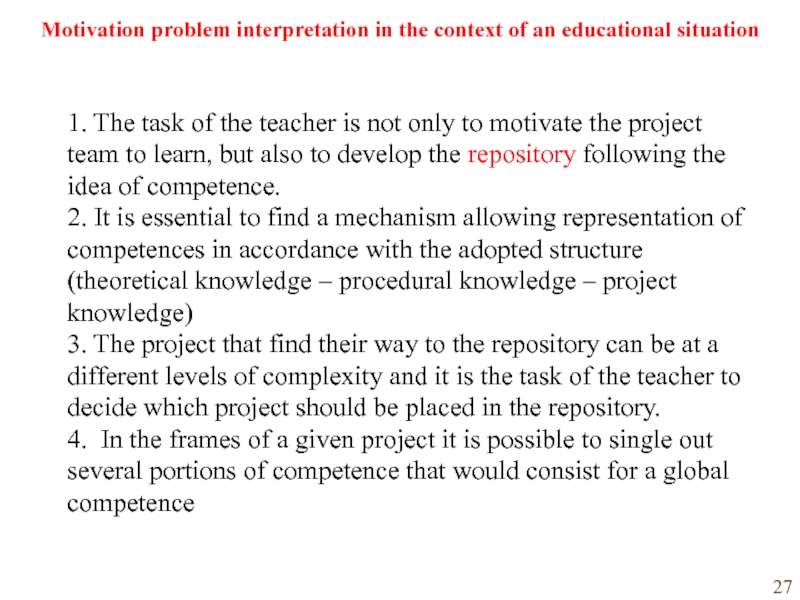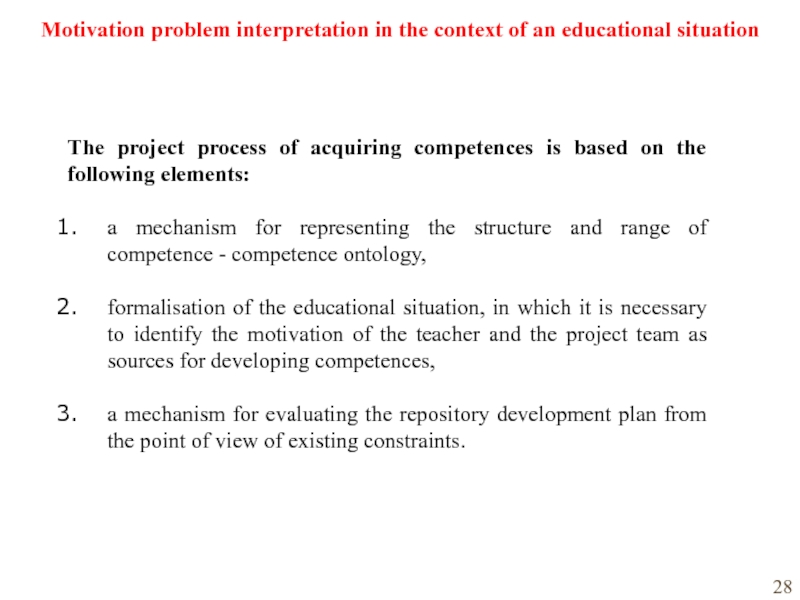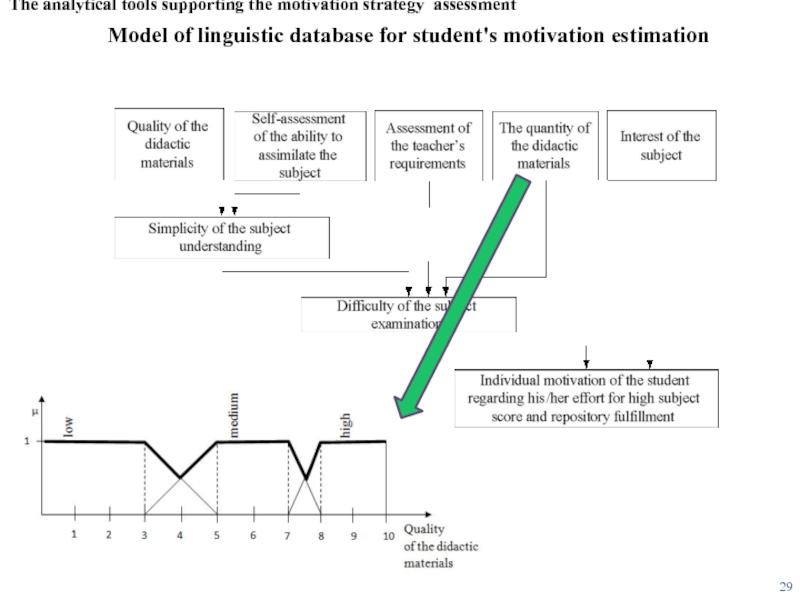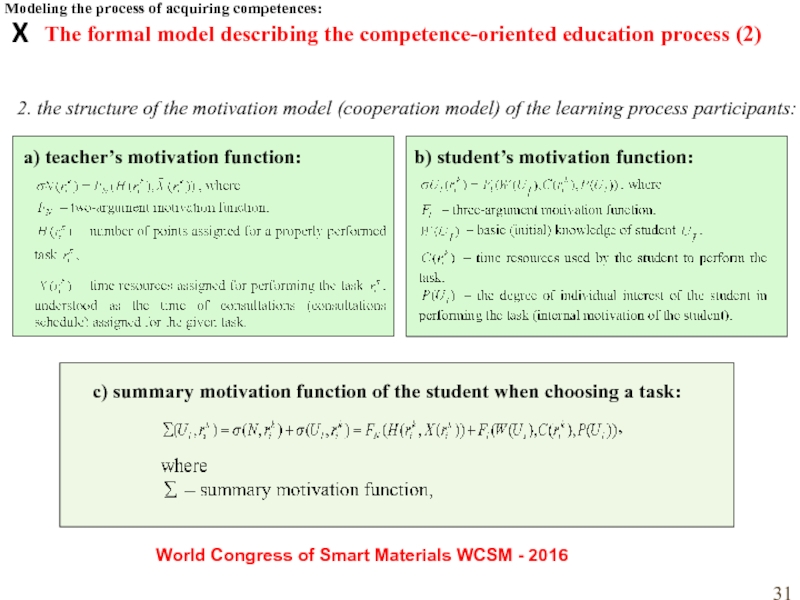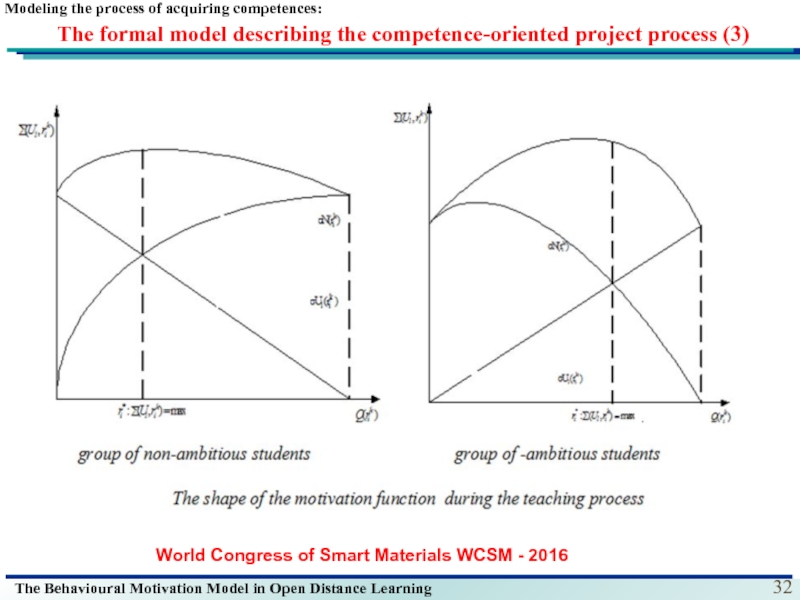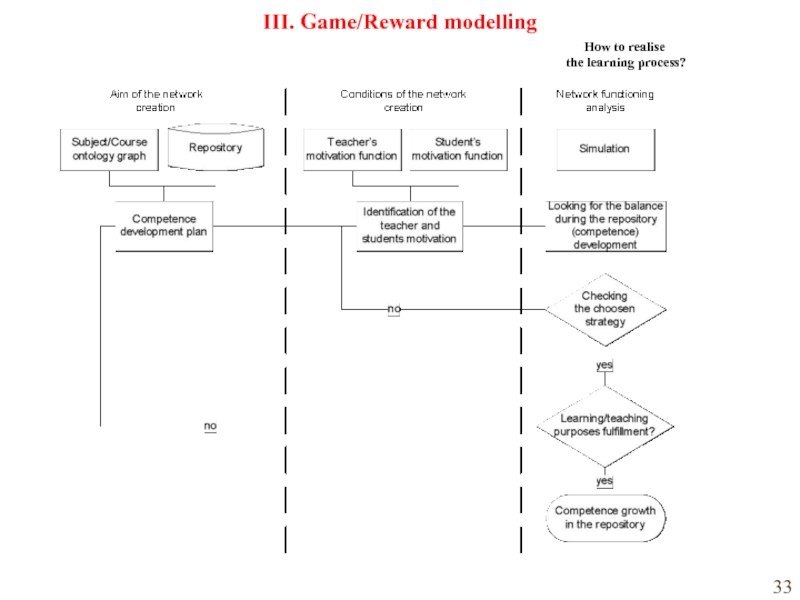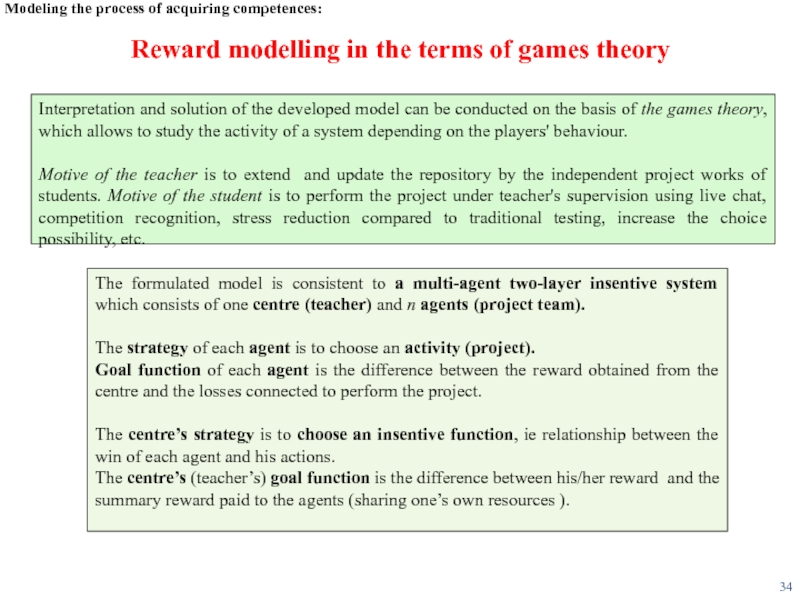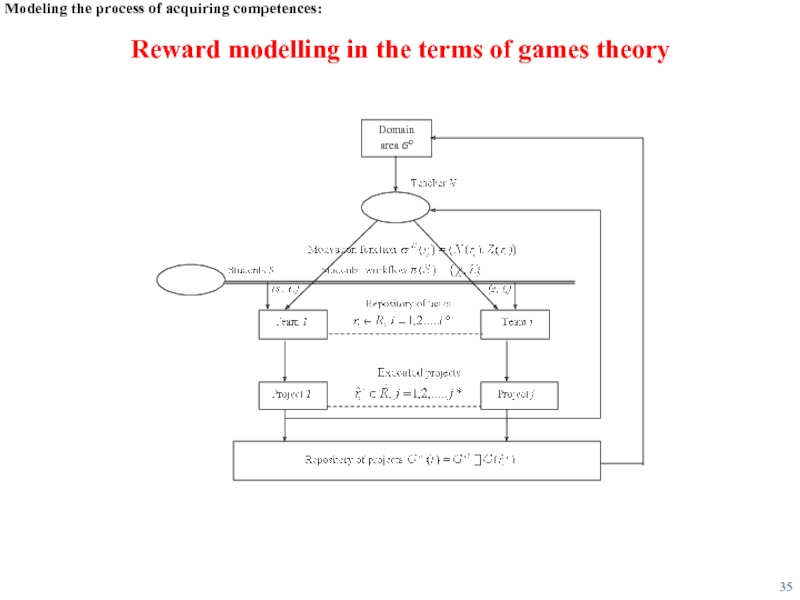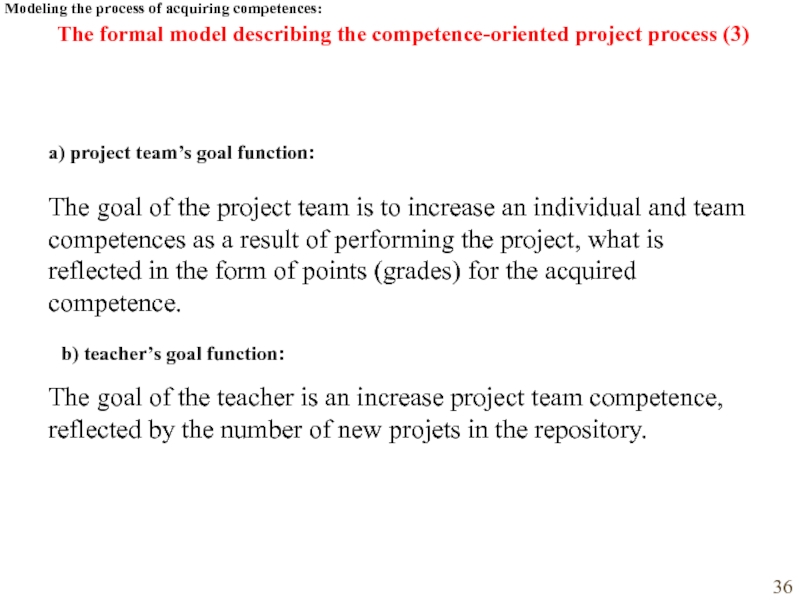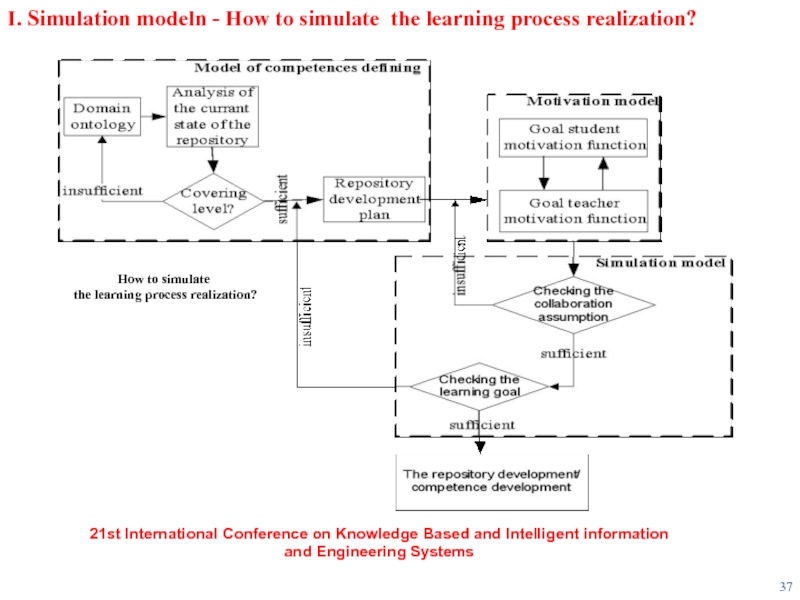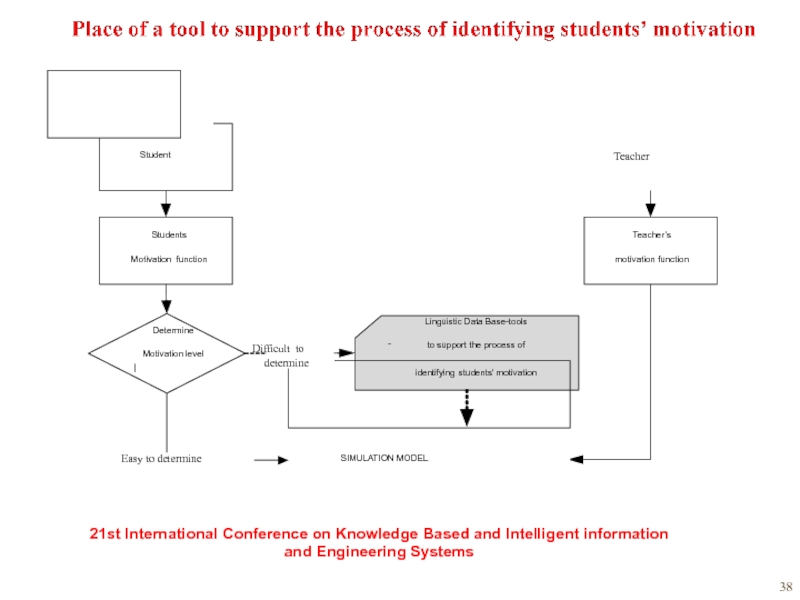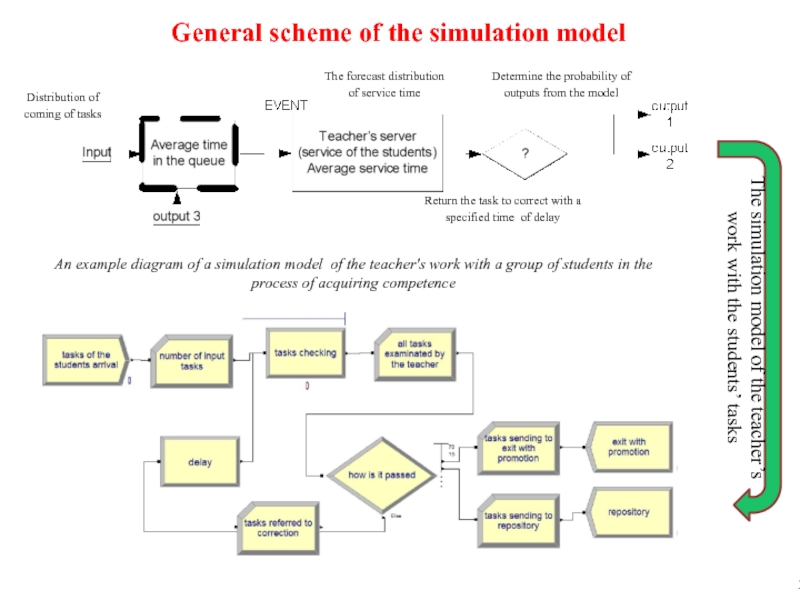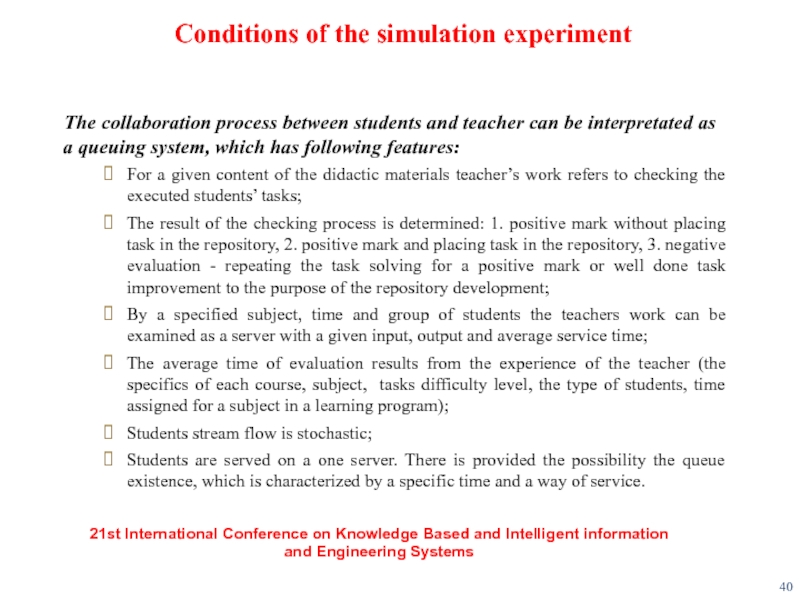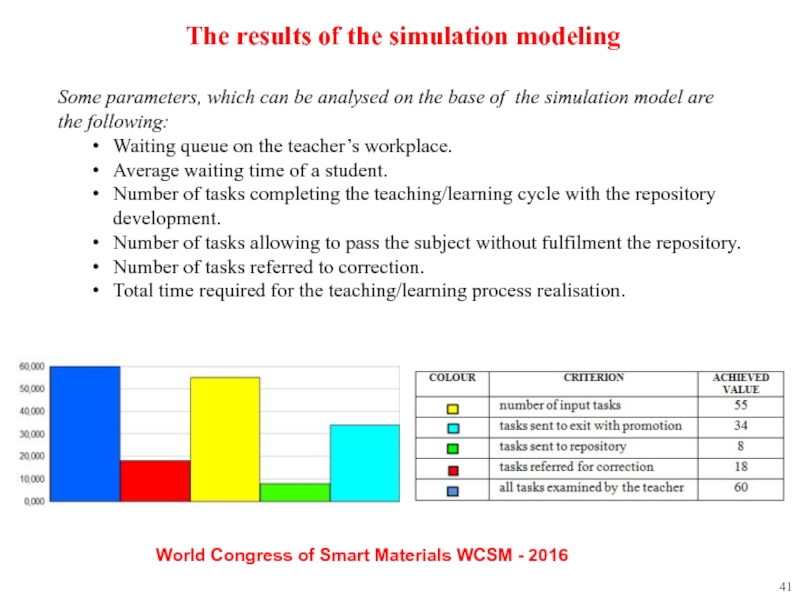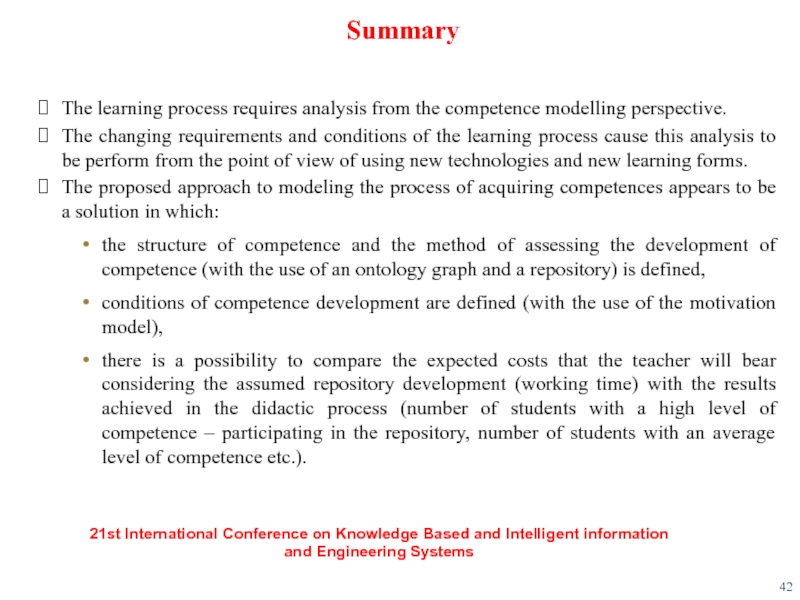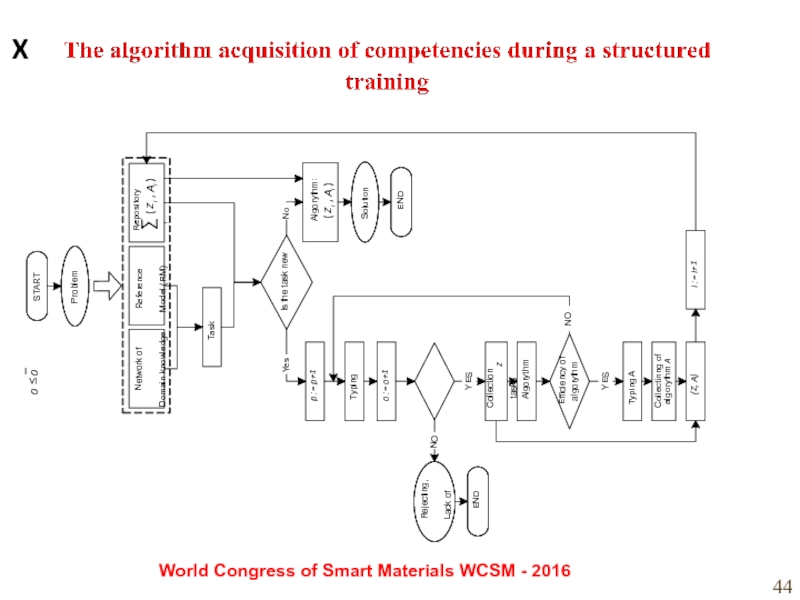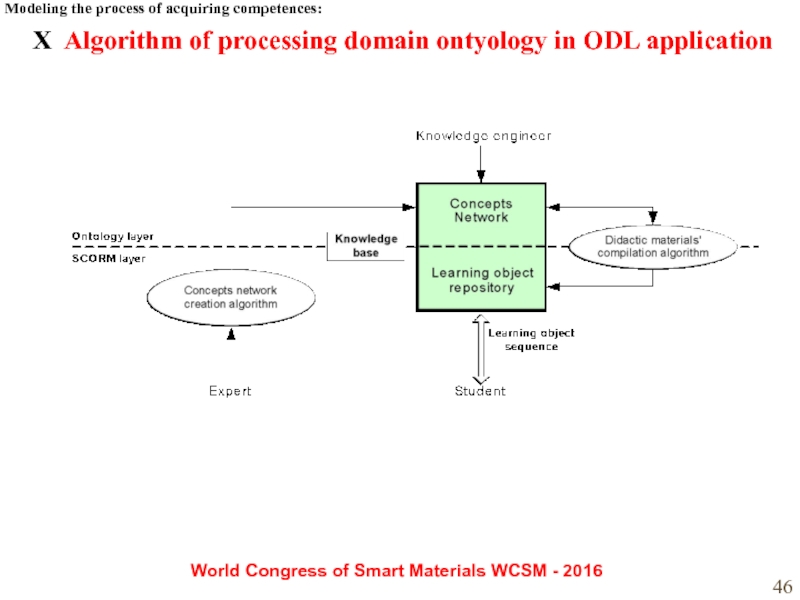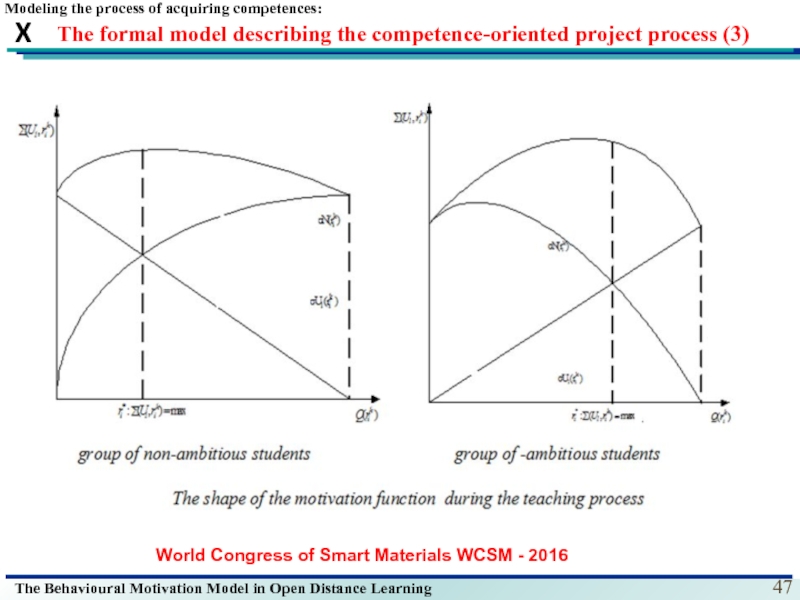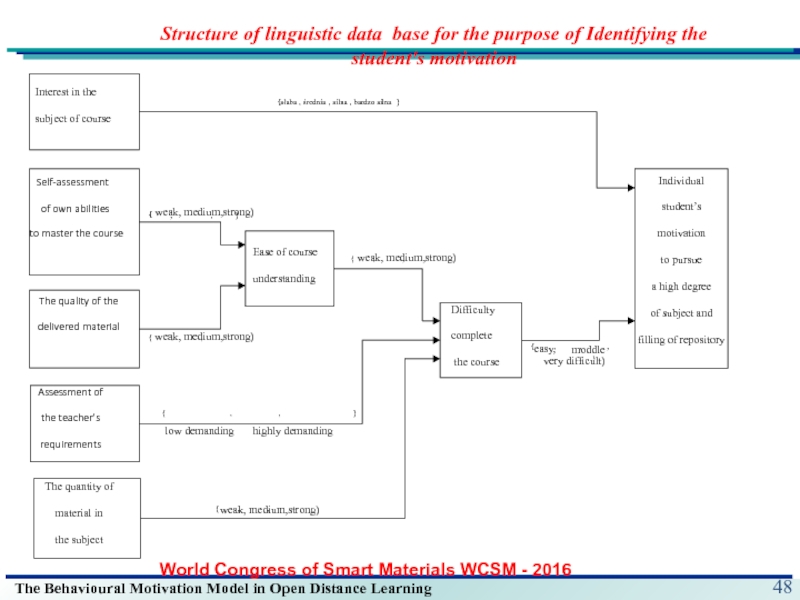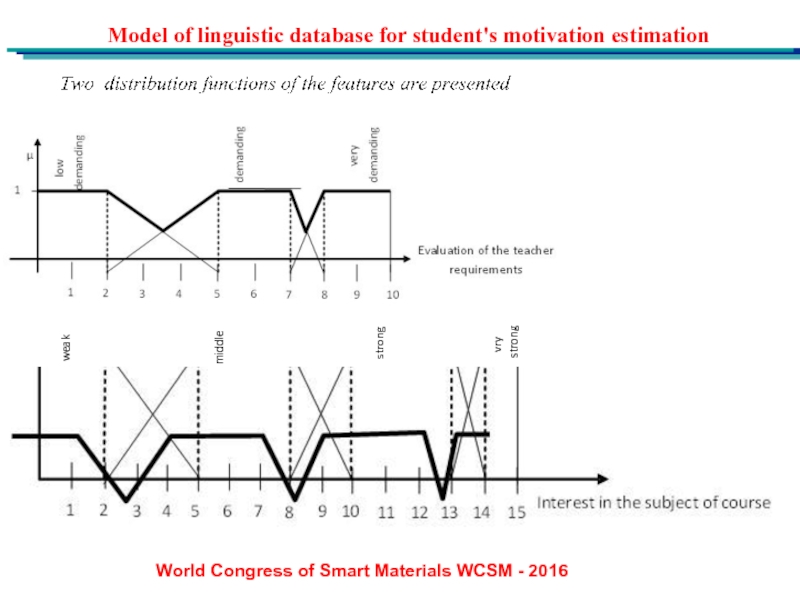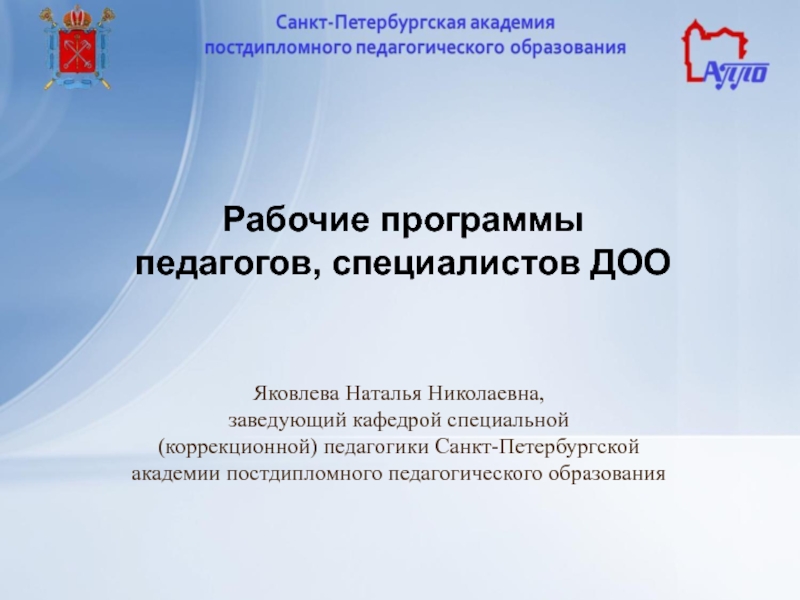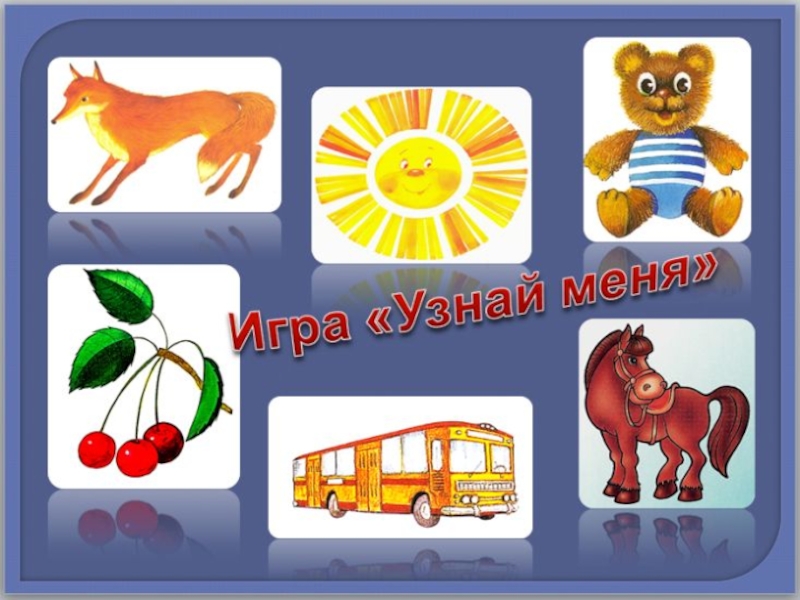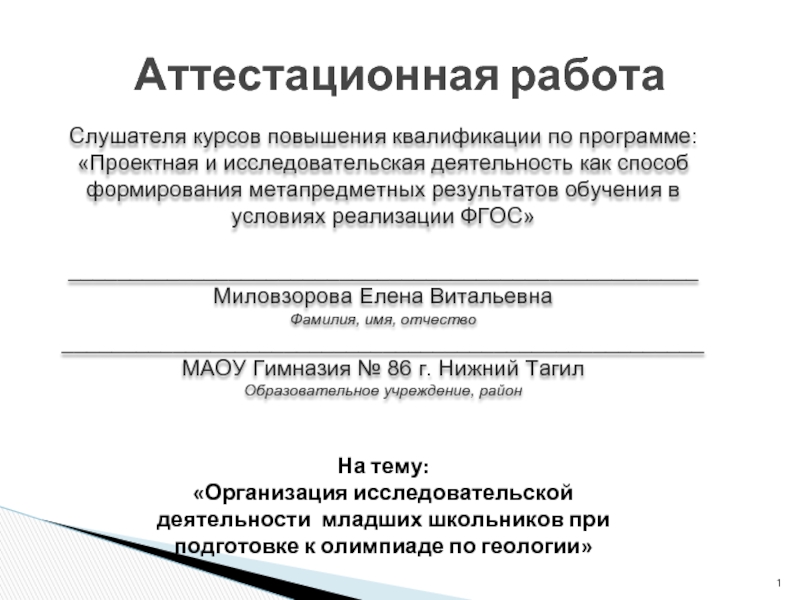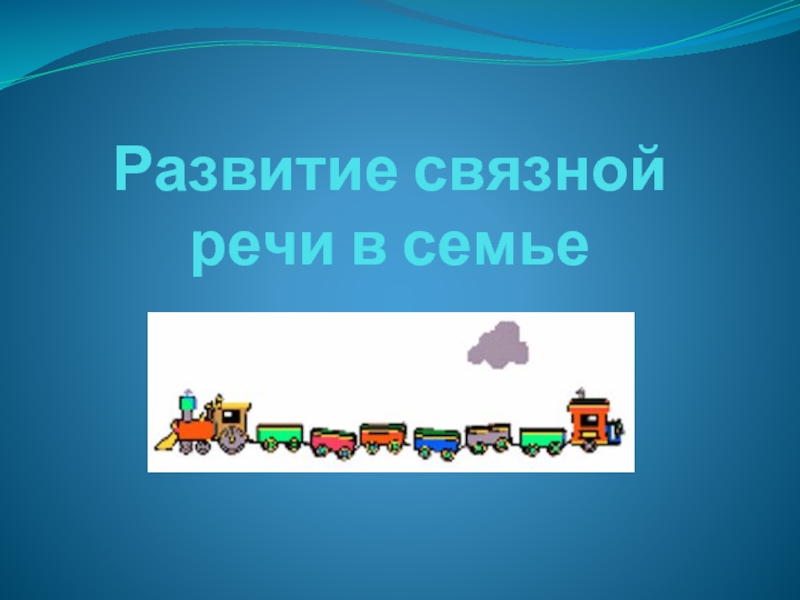- Главная
- Разное
- Дизайн
- Бизнес и предпринимательство
- Аналитика
- Образование
- Развлечения
- Красота и здоровье
- Финансы
- Государство
- Путешествия
- Спорт
- Недвижимость
- Армия
- Графика
- Культурология
- Еда и кулинария
- Лингвистика
- Английский язык
- Астрономия
- Алгебра
- Биология
- География
- Детские презентации
- Информатика
- История
- Литература
- Маркетинг
- Математика
- Медицина
- Менеджмент
- Музыка
- МХК
- Немецкий язык
- ОБЖ
- Обществознание
- Окружающий мир
- Педагогика
- Русский язык
- Технология
- Физика
- Философия
- Химия
- Шаблоны, картинки для презентаций
- Экология
- Экономика
- Юриспруденция
Ontological and motivation aspects of competence-based learning process презентация
Содержание
- 1. Ontological and motivation aspects of competence-based learning process
- 2. ozaikin@poczta.wwsi.edu.pl
- 3. ozaikin@poczta.wwsi.edu.pl
- 4. Ontological and Motivation aspects of competence-based
- 5. Background: open and distance learning (ODL) –
- 6. Background: open and distance learning (ODL) –
- 7. ODL as a new way of learning
- 8. COMPETENCES guarantee requirements Competence-based
- 9. Competence as a result of learning process
- 10. Competence is the ability to use theoretical
- 11. Competence guarantee
- 12. I. The components of the learning
- 13. Representation of the structure and range of
- 14. Main benefits by using the ontology approach Modeling the process of acquiring competences:
- 15. Modeling the process of acquiring competences:
- 16. Modeling the process of acquiring competences:
- 17. Modeling the process of acquiring competences:
- 18. Main benefits by using the ontology approach
- 19. Modeling the process of acquiring competences:
- 20. Modeling the process of acquiring competences:
- 21. Modeling the process of acquiring competences:
- 22. Modeling the process of acquiring competences:
- 23. Modeling the process of acquiring competences:
- 24. How to motivate the learning process participants? II. Motivation modelling
- 25. Motivation problem interpretation in the context of
- 26. Motivation problem interpretation in the context of an educational situation
- 27. 1. The task of the teacher
- 28. The project process of acquiring competences is
- 29. Model of linguistic database for student's
- 30. The formal model describing the
- 31. The formal model describing the
- 32. The formal model describing the competence-oriented project
- 33. How to realise the learning process? III. Game/Reward modelling
- 34. The formulated model is consistent to a
- 35. Modeling the process of acquiring competences: Reward modelling in the terms of games theory
- 36. The formal model describing the competence-oriented project
- 37. I. Simulation modeln - How to
- 38. 21st International Conference on Knowledge Based and Intelligent information and Engineering Systems
- 39. General scheme of the simulation model
- 40. Conditions of the simulation experiment The collaboration
- 41. Some parameters, which can be analysed on
- 42. Summary The learning process requires analysis from
- 43. Thank you for your attention
- 44. World Congress of Smart Materials WCSM - 2016 X
- 45. The fact of choosing the
- 46. X Algorithm of processing domain ontyology in
- 47. The formal model describing the competence-oriented project
- 48. Structure of linguistic data base for
- 49. Model of linguistic database for student's
Слайд 4Ontological and Motivation aspects of competence-based learning process
21st International
Natalia Bakhtadze* , Oleg Zaikin**, Andrzej Żyławski**
* Institute of Control Science of Russian Academy of Science, Moscow, Russia
**Warsaw School of Computer Science , Poland
Слайд 5Background: open and distance learning (ODL) – new challenges
and expectations
Presentation plan
1
Competence-based larning process as a new way of learning
Definition of competence in the learning process
2
The components of the learning process oriented on acquiring competence
3
Ontology approach - representation of the structure and range of competence-
-
4
Motivation problem interpretation in the context of project processs
5
Reward modelling in the terms of game theory
6
Summary
7
Слайд 6Background: open and distance learning (ODL) – - new challenges and
Open and Distance Learning:
a new stage of information system evolution in the distance learning domain,
idea of the learning/teaching process organization in higher education institutions,
joining the new teaching technology to expand everyone’s possibilities to learn in every life-situation,
OPEN
DISTANCE
No geographical barriers - possibility to choose the didactic material and the learning space.
The Learning Management Systems (LMS) and Learning Content Management Systems (LCMS) make available the didactic material for each student – equal education opportunities for all, no culture boundaries.
Student is situated in a different place than the source of knowledge and the other participants of the teaching/learning process.
All the communication and socialization is maintained by the information system.
21st International Conference on Knowledge Based and Intelligent information and Engineering Systems
Слайд 7ODL as a new way of learning
The situation of higher
This is caused by many factors, the most serious of which are:
the dynamic development of new technologies,
the need for continuous education,
adjusting education profiles and study programs to the market requirements,
the concept of Competence Based Learning, strongly supported by the Labor Market and European Social Fund.
21st International Conference on Knowledge Based and Intelligent information and Engineering Systems
Слайд 8
COMPETENCES
guarantee
requirements
Competence-based project process as a new way of education (1)
21st
Слайд 9Competence as a result of learning process in ODL conditions
Competence is
The learning process competences are interpreted as the ability
to use theoretical knowledge
to solve a practical task
and the ability to interpret results in the frames of the used theory
Competence is represented by three types of knowledge
K={Wt,Wp,Wpr}, where
Wt – theoretical knowledge,
Wp – procedural knowledge,
Wpr – project knowledge
21st International Conference on Knowledge Based and Intelligent information and Engineering Systems
Слайд 10Competence is the ability to use theoretical knowledge to solve practical
Competence K can be described:
K={Wt,Wp,Wpr}, where
Wt – theoretical knowledge,
Wp – procedural knowledge ,
Wpr – project knowledge.
Competence as a result of learning process in ODL conditions
Competence is a collection of knowledge, attitude, skills and appropriate experience required to fulfil a given function
21st International Conference on Knowledge Based and Intelligent information and Engineering Systems
Слайд 11
Competence
guarantee
Competence
requirements
student
student
student
teacher
DIDACTIC MATERIAL REPOSITORY
ODL ENVIRONMENT
LABOUR MARKET
workplaces
Didactic materials in the ODL
World Congress of Smart Materials WCSM - 2016
Competence-based didactic material as a new way of learning
Слайд 12
I. The components of the learning process oriented on acquiring competence
How to represnt
the structure of didactic materials?
How to realise
the project process ?
How to motivate
the learning process participants?
21st International Conference on Knowledge Based and Intelligent information and Engineering Systems
Слайд 13Representation of the structure and range of competence
Modeling the process of
Ontology as a method of knowledge representation through specification of concepts and relationships between them gives the possibility to conceptualise a given knowledge domain
It is possible to specify concepts describing theoretical, procedural and project knowledge
it is possible to create a hierarchy of those concepts and to show the sequence between them
Слайд 15
Modeling the process of acquiring competences:
Algorithm of processing domain ontology into
Слайд 16
Modeling the process of acquiring competences:
Algorithm of processing domain ontology into
Слайд 17
Modeling the process of acquiring competences:
World Congress of Smart Materials WCSM
Example of
domain Ontology
„Queuing Modelling of the Sapply chain”
Слайд 18Main benefits by using the ontology approach
Modeling the process of acquiring
World Congress of Smart Materials WCSM - 2016
Слайд 19
Modeling the process of acquiring competences:
World Congress of Smart Materials WCSM
1st stage
Example of the concepts network for the Queuing Systems domain
Слайд 20
Modeling the process of acquiring competences:
World Congress of Smart Materials WCSM
2nd stage
Слайд 21
Modeling the process of acquiring competences:
World Congress of Smart Materials WCSM
3d stage
Hierarchically ordered Queuing System concepts network
Слайд 22
Modeling the process of acquiring competences:
World Congress of Smart Materials WCSM
4rd stage
Graph’s clustering
Слайд 23
Modeling the process of acquiring competences:
World Congress of Smart Materials WCSM
5th stage
Activity Tree based on the clustered graph
Слайд 25Motivation problem interpretation in the context of an educational situation
A motive
The action allows to raise the level of student's involvement in project-specified task realization and extend the repository with new projects/tasks.
The activity of the teacher and a project team will be supported by their own interests .
The teacher: aims to involve students in the repository development.
The project team aims: to obtain competences on a specified level with specified involvement .
In ODL conditions, the didactic material stored in the repository is oriented on competences.
The didactic material is a substitute of the direct contact between teacher and project team (group of students).
NEED – MOTIVE – ACTION
Слайд 27
1. The task of the teacher is not only to motivate
2. It is essential to find a mechanism allowing representation of competences in accordance with the adopted structure (theoretical knowledge – procedural knowledge – project knowledge)
3. The project that find their way to the repository can be at a different levels of complexity and it is the task of the teacher to decide which project should be placed in the repository.
4. In the frames of a given project it is possible to single out several portions of competence that would consist for a global competence
Motivation problem interpretation in the context of an educational situation
Слайд 28The project process of acquiring competences is based on the following
a mechanism for representing the structure and range of competence - competence ontology,
formalisation of the educational situation, in which it is necessary to identify the motivation of the teacher and the project team as sources for developing competences,
a mechanism for evaluating the repository development plan from the point of view of existing constraints.
Motivation problem interpretation in the context of an educational situation
Слайд 29
Model of linguistic database for student's motivation estimation
The analytical tools
Слайд 30
The formal model describing the competence-oriented education process (1)
a) participants of
N – teacher,
Ul - student, where
l=1,…,l* - student’s index,
The process of student arrival can be described as a set , where
b) ontological graph of the study subject:
GD = (WD, SD), where
WD – graph nodes / concepts / learning objects,
SD – graph edges (relations between concepts),
c) task repository R={rik } ,
where
rik – task ‘i’ consisting for competence portion ‘k’,
i=1,…, i* – task index,
k=1,…,k* – competence portion (competence index),
d) task parameters rik :
Modeling the process of acquiring competences:
The formal model describing the competence-oriented education process has the following four-element structure
World Congress of Smart Materials WCSM - 2016
Слайд 31
The formal model describing the competence-oriented education process (2)
2. the structure
a) teacher’s motivation function:
b) student’s motivation function:
c) summary motivation function of the student when choosing a task:
Modeling the process of acquiring competences:
World Congress of Smart Materials WCSM - 2016
X
Слайд 32The formal model describing the competence-oriented project process (3)
Modeling the process
World Congress of Smart Materials WCSM - 2016
Слайд 34The formulated model is consistent to a multi-agent two-layer insentive system
The strategy of each agent is to choose an activity (project).
Goal function of each agent is the difference between the reward obtained from the centre and the losses connected to perform the project.
The centre’s strategy is to choose an insentive function, ie relationship between the win of each agent and his actions.
The centre’s (teacher’s) goal function is the difference between his/her reward and the summary reward paid to the agents (sharing one’s own resources ).
Interpretation and solution of the developed model can be conducted on the basis of the games theory, which allows to study the activity of a system depending on the players' behaviour.
Motive of the teacher is to extend and update the repository by the independent project works of students. Motive of the student is to perform the project under teacher's supervision using live chat, competition recognition, stress reduction compared to traditional testing, increase the choice possibility, etc.
Reward modelling in the terms of games theory
Modeling the process of acquiring competences:
Слайд 36The formal model describing the competence-oriented project process (3)
Modeling the process
The goal of the project team is to increase an individual and team competences as a result of performing the project, what is reflected in the form of points (grades) for the acquired competence.
The goal of the teacher is an increase project team competence, reflected by the number of new projets in the repository.
a) project team’s goal function:
b) teacher’s goal function:
Слайд 37
I. Simulation modeln - How to simulate the learning process realization?
How
the learning process realization?
21st International Conference on Knowledge Based and Intelligent information and Engineering Systems
Слайд 38
21st International Conference on Knowledge Based and Intelligent information and Engineering
Слайд 39
General scheme of the simulation model
The simulation model of the teacher’s
Distribution of coming of tasks
The forecast distribution of service time
Return the task to correct with a specified time of delay
Determine the probability of outputs from the model
An example diagram of a simulation model of the teacher's work with a group of students in the process of acquiring competence
Слайд 40Conditions of the simulation experiment
The collaboration process between students and teacher
For a given content of the didactic materials teacher’s work refers to checking the executed students’ tasks;
The result of the checking process is determined: 1. positive mark without placing task in the repository, 2. positive mark and placing task in the repository, 3. negative evaluation - repeating the task solving for a positive mark or well done task improvement to the purpose of the repository development;
By a specified subject, time and group of students the teachers work can be examined as a server with a given input, output and average service time;
The average time of evaluation results from the experience of the teacher (the specifics of each course, subject, tasks difficulty level, the type of students, time assigned for a subject in a learning program);
Students stream flow is stochastic;
Students are served on a one server. There is provided the possibility the queue existence, which is characterized by a specific time and a way of service.
21st International Conference on Knowledge Based and Intelligent information and Engineering Systems
Слайд 41Some parameters, which can be analysed on the base of the
Waiting queue on the teacher’s workplace.
Average waiting time of a student.
Number of tasks completing the teaching/learning cycle with the repository development.
Number of tasks allowing to pass the subject without fulfilment the repository.
Number of tasks referred to correction.
Total time required for the teaching/learning process realisation.
The results of the simulation modeling
World Congress of Smart Materials WCSM - 2016
Слайд 42Summary
The learning process requires analysis from the competence modelling perspective.
The
The proposed approach to modeling the process of acquiring competences appears to be a solution in which:
the structure of competence and the method of assessing the development of competence (with the use of an ontology graph and a repository) is defined,
conditions of competence development are defined (with the use of the motivation model),
there is a possibility to compare the expected costs that the teacher will bear considering the assumed repository development (working time) with the results achieved in the didactic process (number of students with a high level of competence – participating in the repository, number of students with an average level of competence etc.).
21st International Conference on Knowledge Based and Intelligent information and Engineering Systems
Слайд 45
The fact of choosing the task by a student:
The formal
3. model of cooperation of the learning process participants:
Teacher’s and student’s goal functions during execution of a task:
a) student’s goal function:
b) teacher’s goal function:
Modeling the process of acquiring competences:
World Congress of Smart Materials WCSM - 2016
X
Слайд 46X Algorithm of processing domain ontyology in ODL application
Modeling the process
World Congress of Smart Materials WCSM - 2016
Слайд 47The formal model describing the competence-oriented project process (3)
Modeling the process
World Congress of Smart Materials WCSM - 2016
X
Слайд 48
Structure of linguistic data base for the purpose of Identifying the
World Congress of Smart Materials WCSM - 2016
